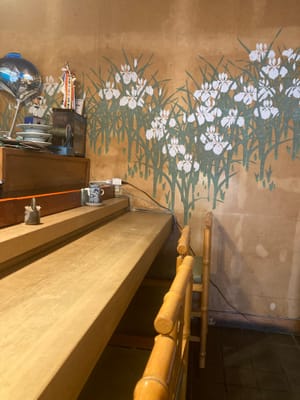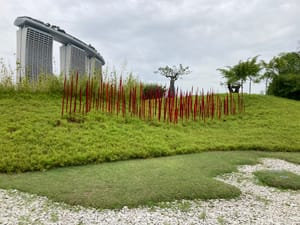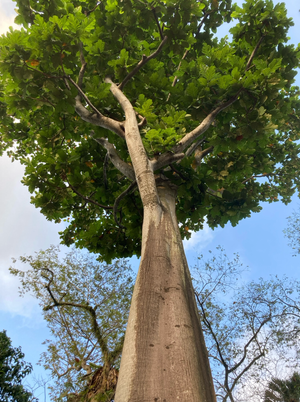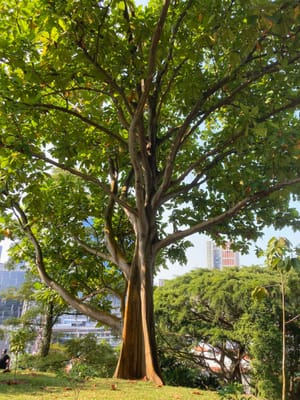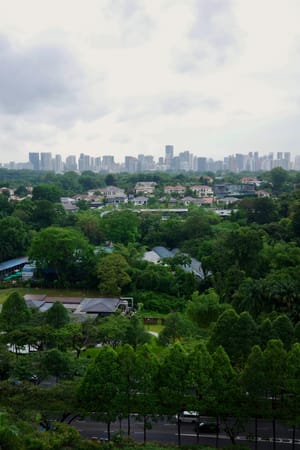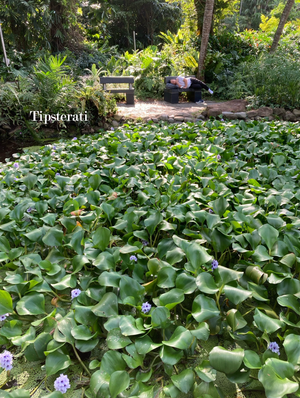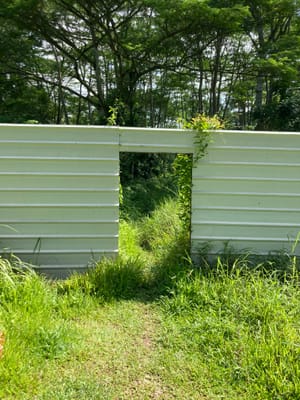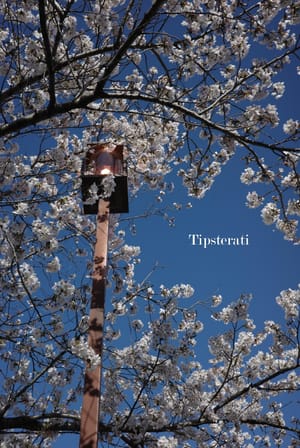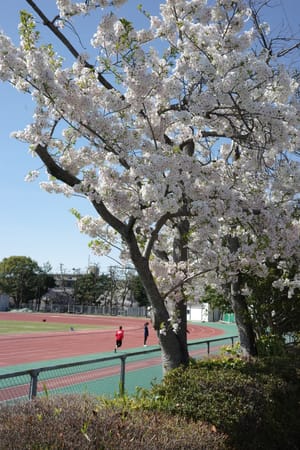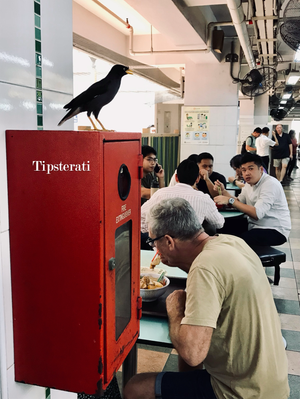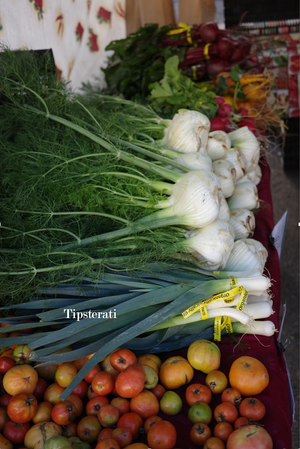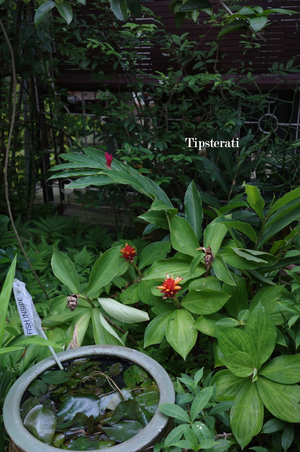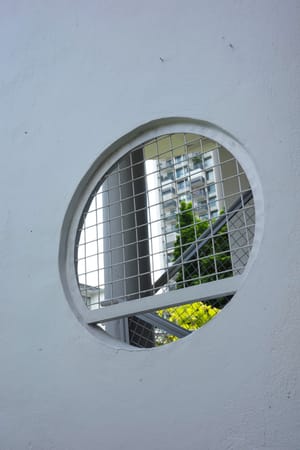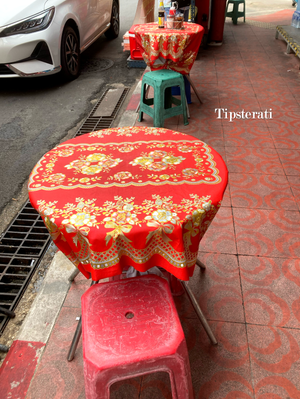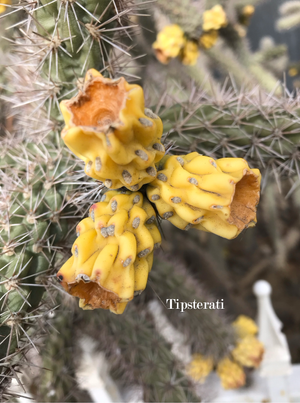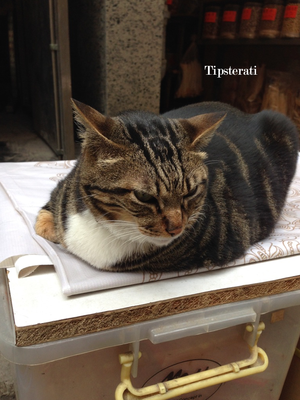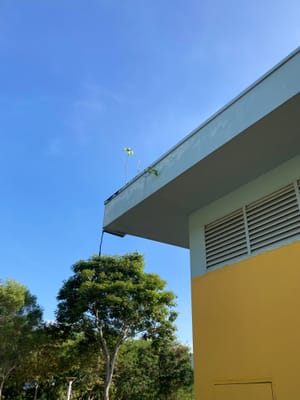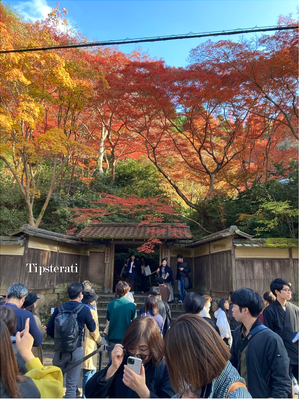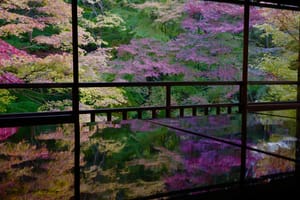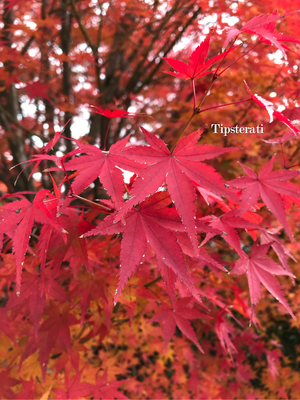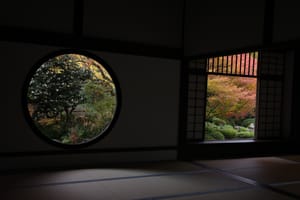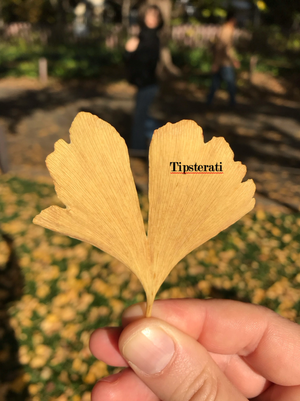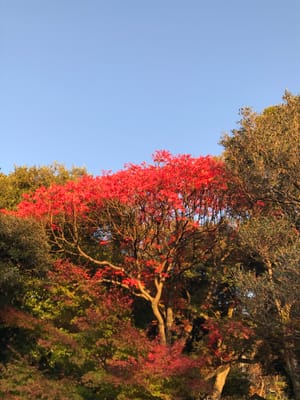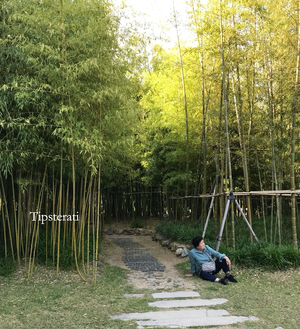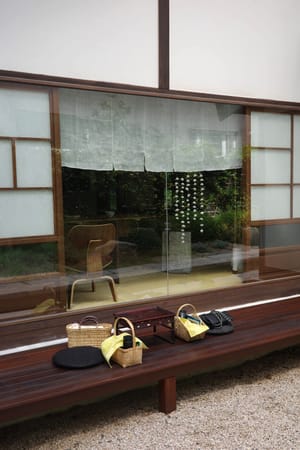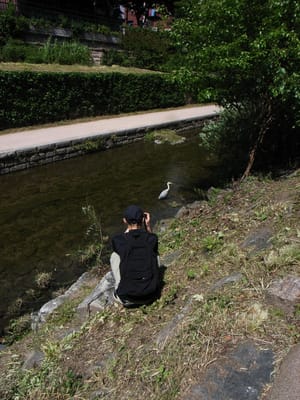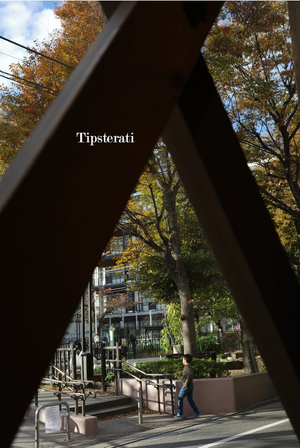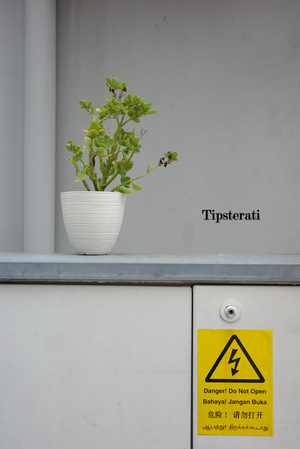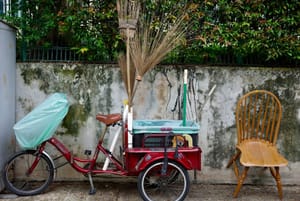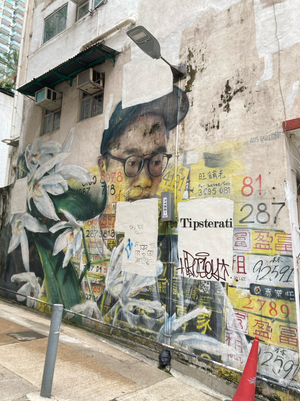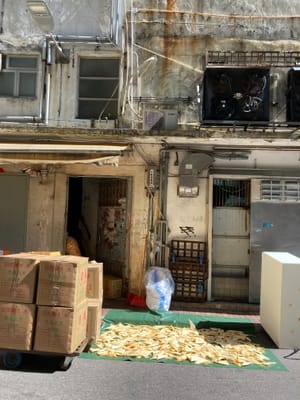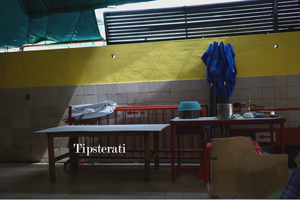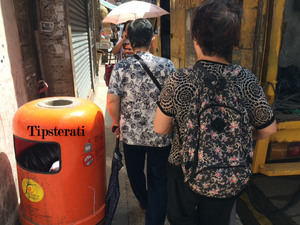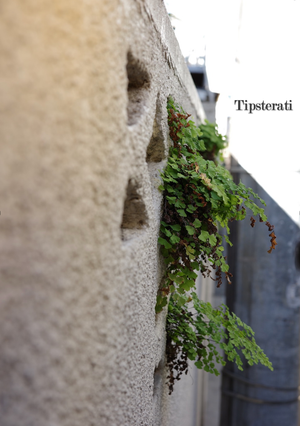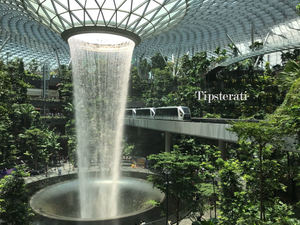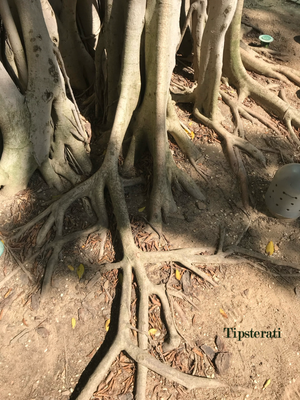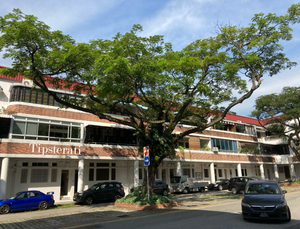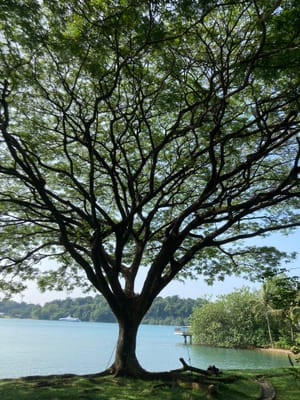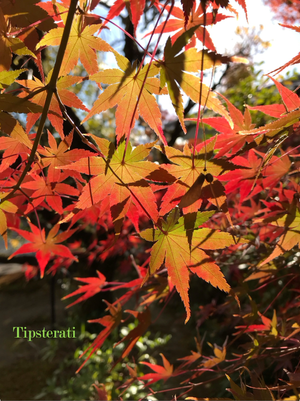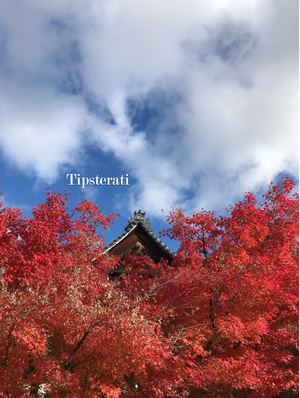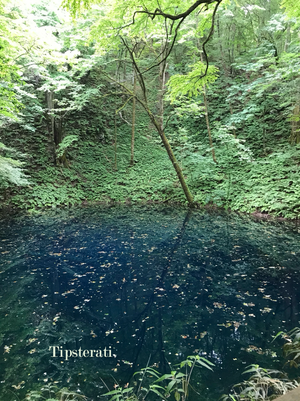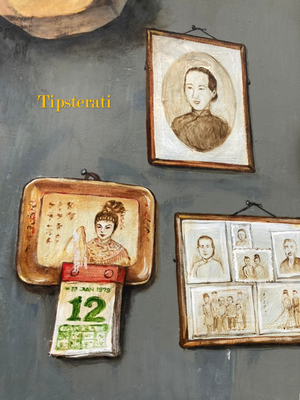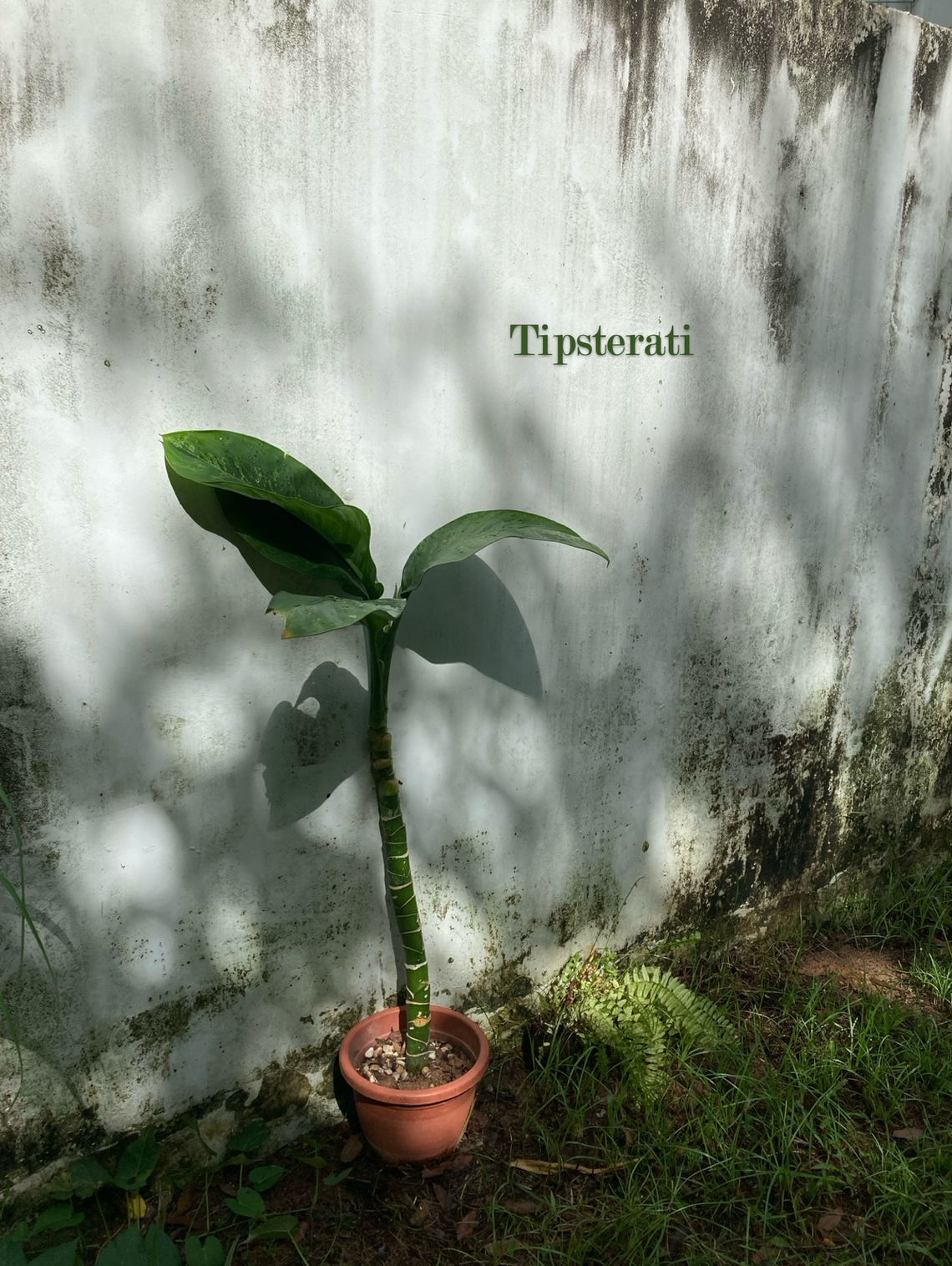
More on Stray Plants
My interest in stray plants began in Hong Kong when I began to be fascinated by the Chinese banyans that grew improbably from stone walls. Since then, I have been entranced by hardy plant species which make their homes in unusual places.
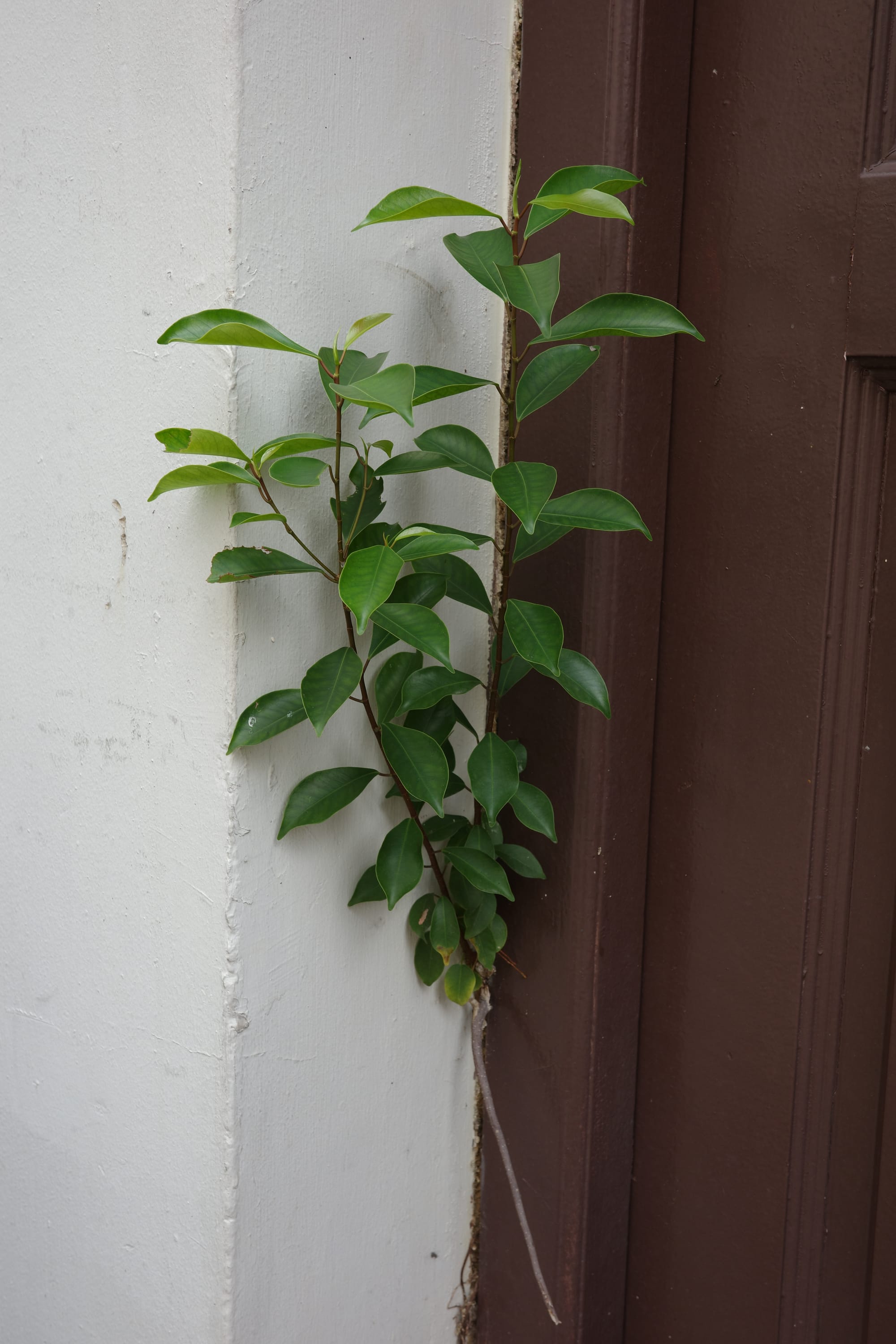
Given that most public areas in Singapore undergo regular maintenance, such plants do not really get much of a chance to develop. The landscaping crews always end up trimming away and tidying things up.
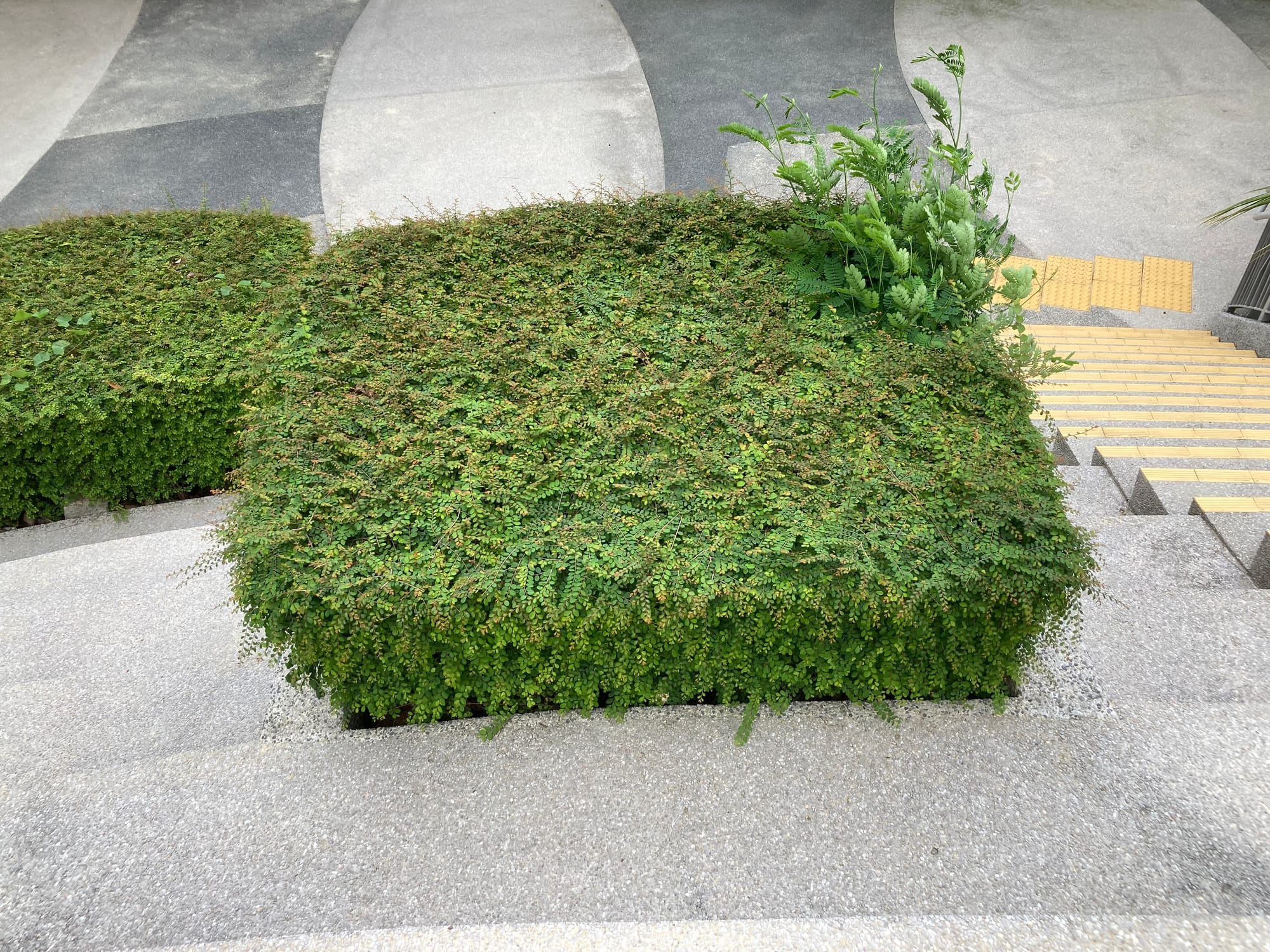
This is where being a back-alley adventurer reaps dividends. Stray plants thrive in these locations because no one really bothers with keeping up appearances here. I’ve been astonished to find fairly large mulberry plants (even fruiting ones) growing out of walls and a small tree growing out of a cramped backyard behind an abandoned shop house. I take pleasure in the surprise of it all and I do enjoy the frisson of untidiness in an otherwise spick and span Singapore. It reminds me that an uncontainable nature is still at work.
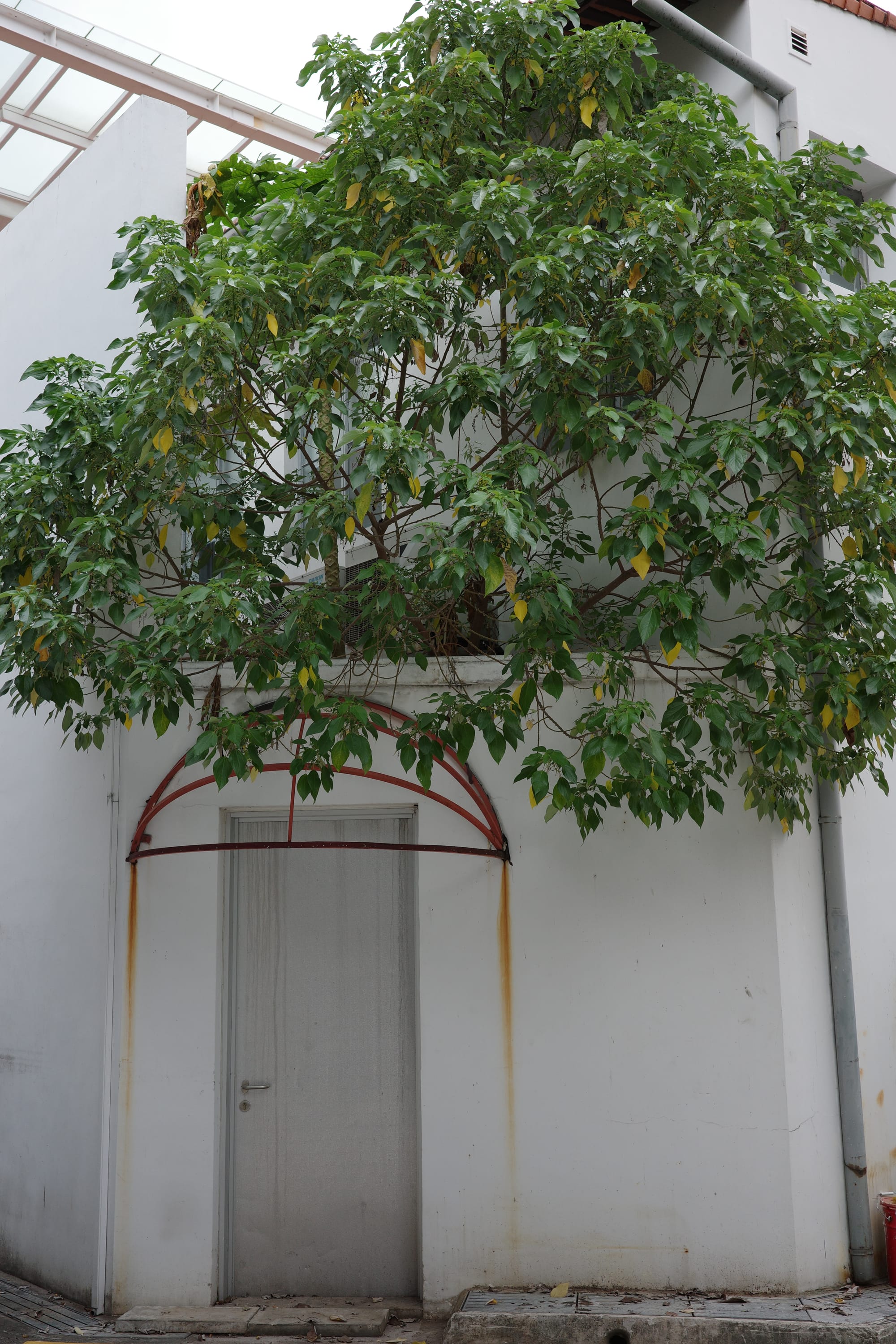
The work of the guerrilla gardeners on public housing estates is another area of stray plants I find of interest. These are not technically stray plants. They have been very deliberately placed and planted by human hands on government land. The difficulty of living in high rise apartments, if you love plants, is that there is no space for a garden. Some may be lucky enough to have small balconies; some take over the common corridors on the floor they live on. Others start to move their plants outside to hidden corners of communal spaces. The more timorous ones place a few pots, hoping to escape notice.
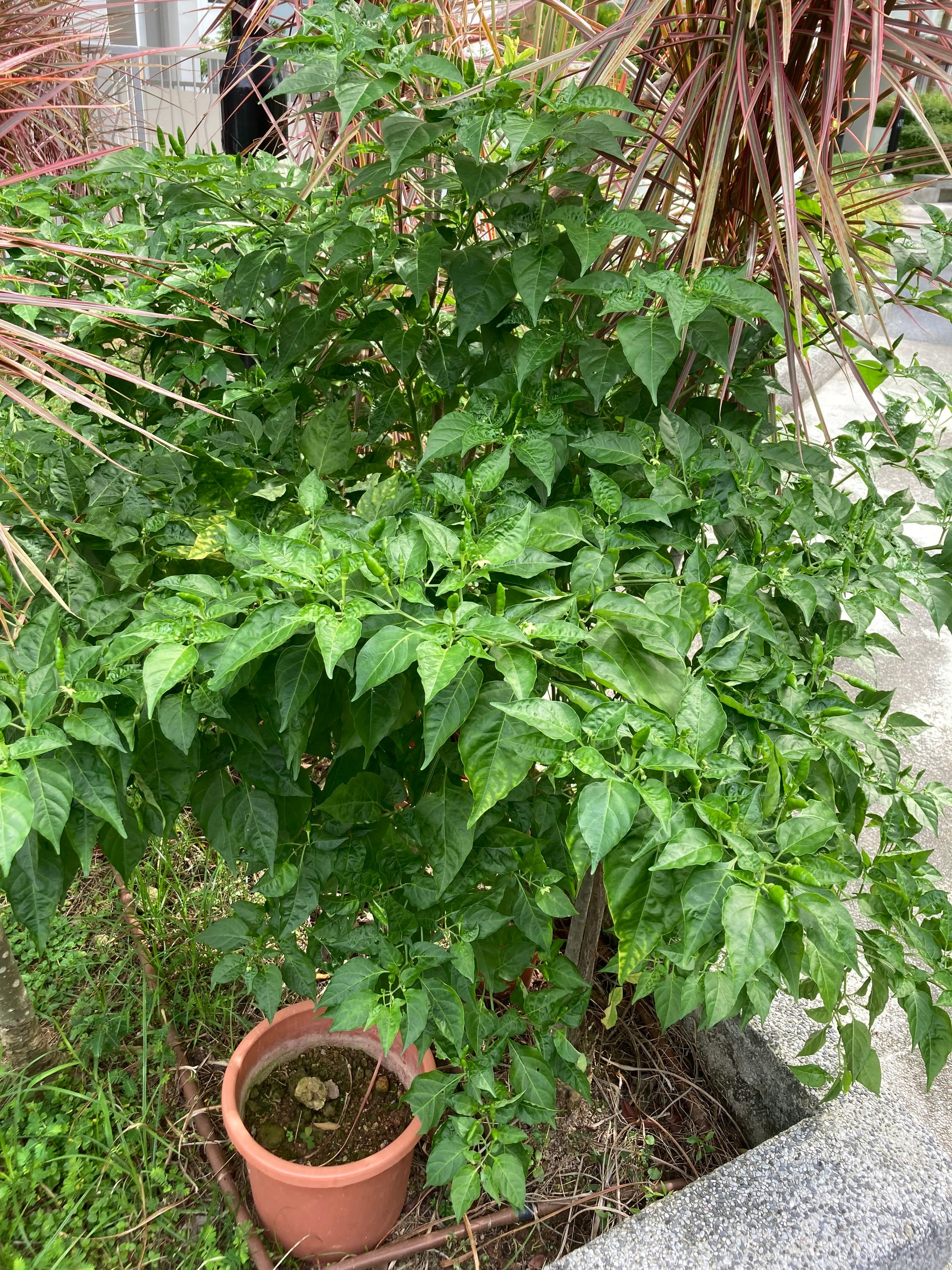
The ambitious ones create enticing gardens, planting directly into the ground at times. The pleasure is often short-lived, though, because this is rule-bound Singapore. At some point, the authorities will catch up to you and your lovingly planted garden will be destroyed. Read this and be warned.
To be fair, Singapore does have a dengue problem, so there is a danger of water collecting in pots and becoming breeding grounds for mosquitoes. In recognition of a frustrated gardening impulse in many public housing residents, the authorities have set aside some plots of land for community gardens open to all gardening enthusiasts. Some newer estates even have dedicated allotment gardens, where you can apply for a raised bed. But the demand is greater than the supply and it is a pity that there is no room for green thumbs to flourish freely and independently. Any passion for plants is allowed expression only through legitimate and controlled spaces. I see why it must be so, but I must admit I do like to celebrate the small guerrilla gardens that still survive. They function as evidence that the spirited human cannot quite be tamed.

